Contents
Guide
Page List
VIRTUAL
CITIES

 AN ATLAS & EXPLORATION OF
AN ATLAS & EXPLORATION OF 
VIDEO GAME CITIES

Konstantinos Dimopoulos
Maps and illustrations by Maria Kallikaki
Additional maps by Vivi Papanastasiou

Contents
An incorporeal thread connects the ominous spires of Anor Londo with the bustling streets of cyberpunk Hong Kong, the ancient black-and-white edifices of Antescher with the futuristic three-dimensional wards of the Citadel space station. Separated by eons and light-years, these spires, streets, edifices, and wards all exist exclusively in gamings virtual cities, in the ambitious civic nodes of the video gaming universe. They were imagined, designed, and created to be interactively experienced and explored.
Virtual cities are places of often-fractured geographies, impossible physics, outrageous assumptions, and almost untamed imaginations given their freedom from the constraints of reality. This book, the first atlas of its kind, aims to explore, map, study, and celebrate them. To imagine what they would be like in reality. To paint a lasting picture of their domes, arches, and walls.
This work combines my love of video gaming and urbanism. It has slowly been building in my mind for years. In its pages, you will find childhood dreams of working on games, two decades of studying and researching cities, and a continuous attempt at fusing spatial sciences with game design. Here, wide-eyed me watching an older cousin play Berzerk on the Atari 2600 seems to have finally met game-urbanist me, and then spent two years of hard, but fulfilling work making Virtual Cities happen.
Through my own professional experience of planning and engineering, the maps I am familiar with have always been more concerned with clarity than aesthetics. And as screenshots are often too restrictive (or even dull) to conjure the essence of gamings cities, the work of visual artist Maria Kallikaki was important to the creation of the atlas. She somehow turned my crude sketches and vague descriptions into beautiful, ink-colored illustrations, and captured the sense of wonder far-off places used to evoke before the advent of photography. These illustrations, Marias interpretation of these game worlds, allow for a sense of immersion that neither text nor map can convey. They are illustrations meant to guide the imagination and not confine it. Besides, it was Maria who also took most of my sketches and concepts of maps, finalized their shapes, and imbued them with color and beauty. Additionally, the crucial map-making and editing skills of my wife Vivi Papanastasiou (handily also a spatially focused engineer) are what allowed many of the cities to finally express themselves in a sensible cartographic manner.

Ever since the very first atlas was published, our collective desire for exploration has been fueled by strange pictures, evocative words, and mysterious maps. It seems human beings have always loved reading about exotic locations, organizing imaginary expeditions, and trying to interpret magical places through the eyes of artists. Of course, no matter how exhaustive a description is, it can never be all-encompassing nor satisfy all of our senses, and thus atlases often inspire a lust for first-hand experiences. Evoking this lust is a main aspiration of Virtual Cities. I want to awake curiosity and longing for unknown or vaguely remembered digital cities. To create a yearning for savoring the delights that virtual urbanism has to offer, and to lure explorers into artfully constructed, elegantly abstracted, and wistfully reconstructed civic realities of a young and growing artistic medium; of a medium that truly shines when it comes to building immersive settings.
Virtual Cities showcases some of the finest cities of video gaming, and invites you to get to know, and perhaps even grow to love, these places that uniquely exist somewhere between art, engineering, urban planning, literature, game design, and architecture.

Each of the forty-five cities contained within this atlas is presented from an in-universe point-of-view. These cities, you see, have been reimagined not simply as game spaces, but like actual urban formations that can be visited, and can sensibly exist within the confines and rules of their respective settings. Nobody in Midgar would ever reference New York, and only survivors could attempt to describe the madness of Silent Hill. I have chosen to avoid employing omniscient narrations, and chose instead to imagine in-universe characters describing each citya geographer perhaps, a chronicler, or someone writing a tourist guide. Similarly, the maps accompanying each entry were never meant to replicate game spaces, but to cartographically describe settlements plausibly existing in fantastical worlds. These are meant to fill in gaps, and to tie disparate locations into cohesive cities; cartographic artefacts of the described realities. After all, many game cities are heavily stylized, and thoroughly abstracted, and what I felt I had to do was to critically reimagine them in ways that would look familiar in the eyes of a fictional local surveyor.
So, every Virtual Cities entry comes with an in-world description of the city, a map, Marias atmospheric illustrations, and a shorter text attempting to provide readers with design insights on its creation. The latter is a short, almost technical text mainly meant for world-builders, game designers, writers, artists, and level-builders, but also for the curious people who want to further appreciate the craft that went into their favorite games. In a select few cases, I let the creators responsible for the cities provide us with a behind-the-scenes look at their construction, allowing them to highlight the points worth noting.
As for the selection of the included virtual cities, I have to admit it was a taxing process. Many excellent creations had to be left out, but I did strive to include some of the most historically important, beautiful, and representative ones. These forty-five entries cover much ground, and span as many literary and gaming genres and types as possible, while also presenting thirty-five years of gaming history. From 1983s Ant Attack, and the black-and-white, isometric city of Antescher on the ZX Spectrum, to 2018 cities like Neketaka or New Bretagne; and from the 3D open world of Assassins Creeds London to the text-based vastness of Fallen London, I tried to represent most of game urbanism. Obviously, achieving a perfect balance was impossible, but I do believe I assembled a characteristic selection featuring some of the most fascinating virtual cities ever built.




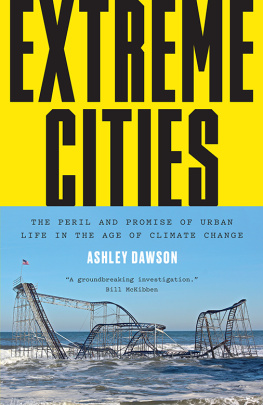
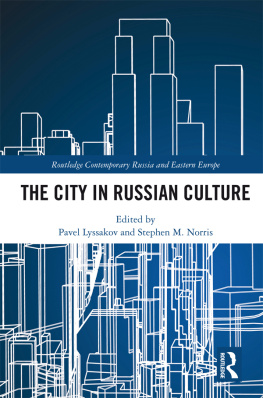
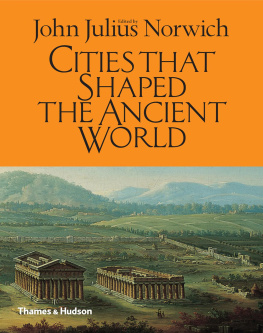

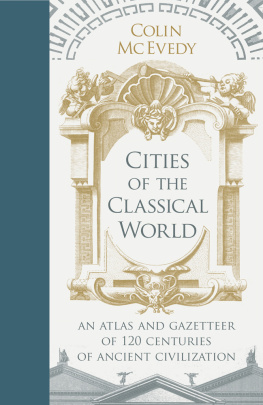
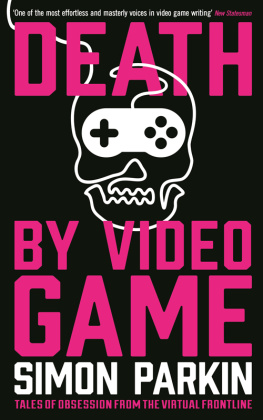

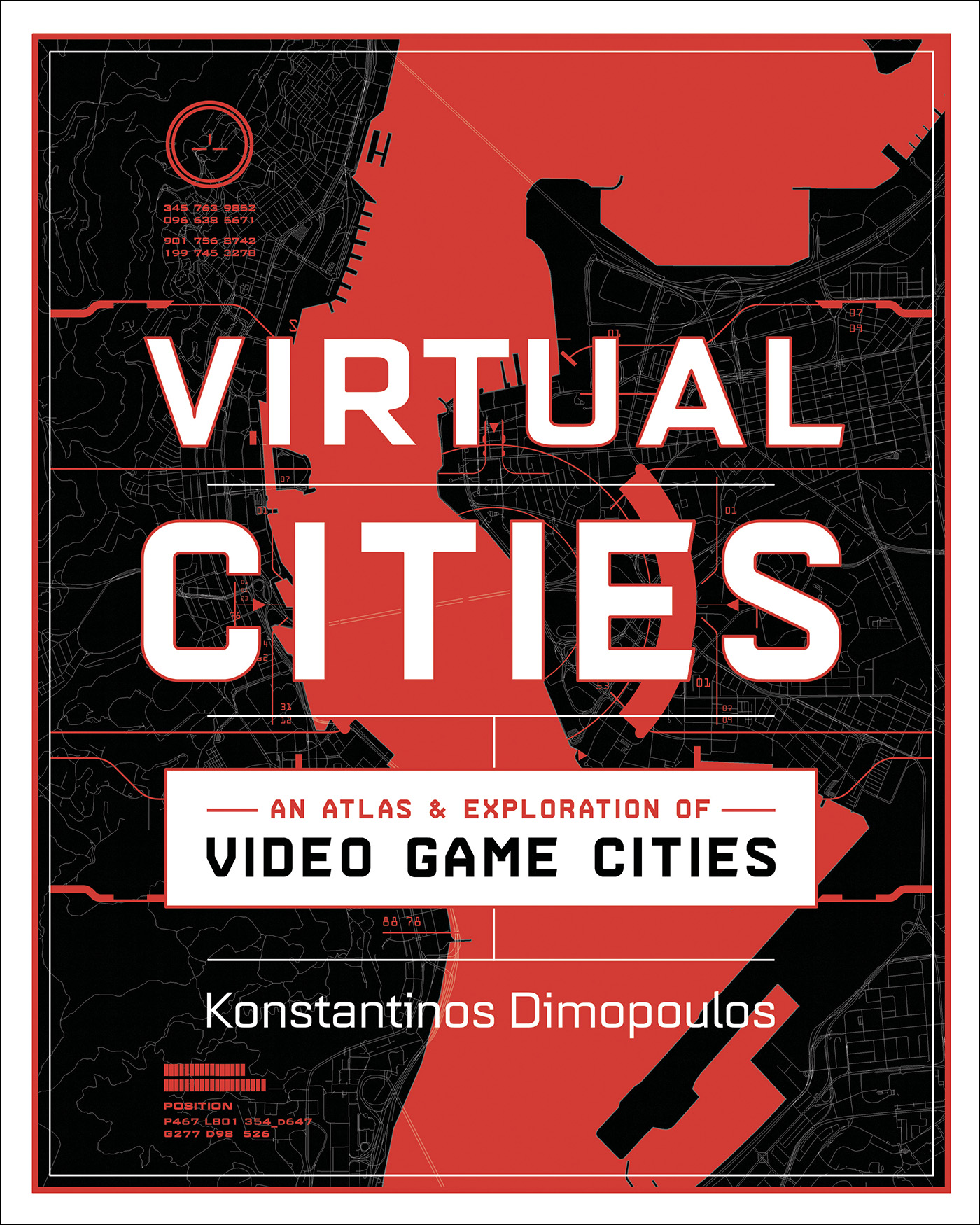


 AN ATLAS & EXPLORATION OF
AN ATLAS & EXPLORATION OF 
